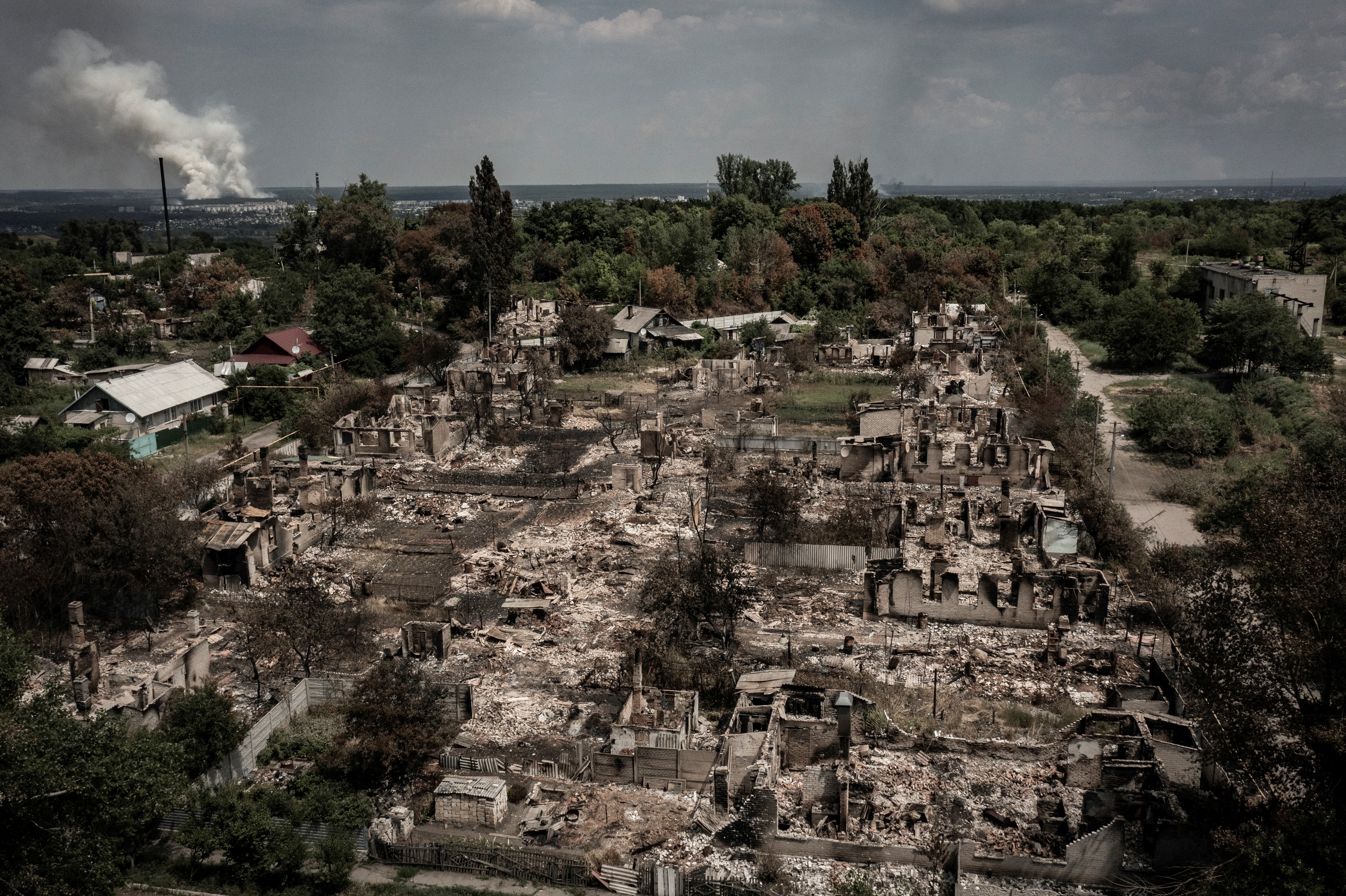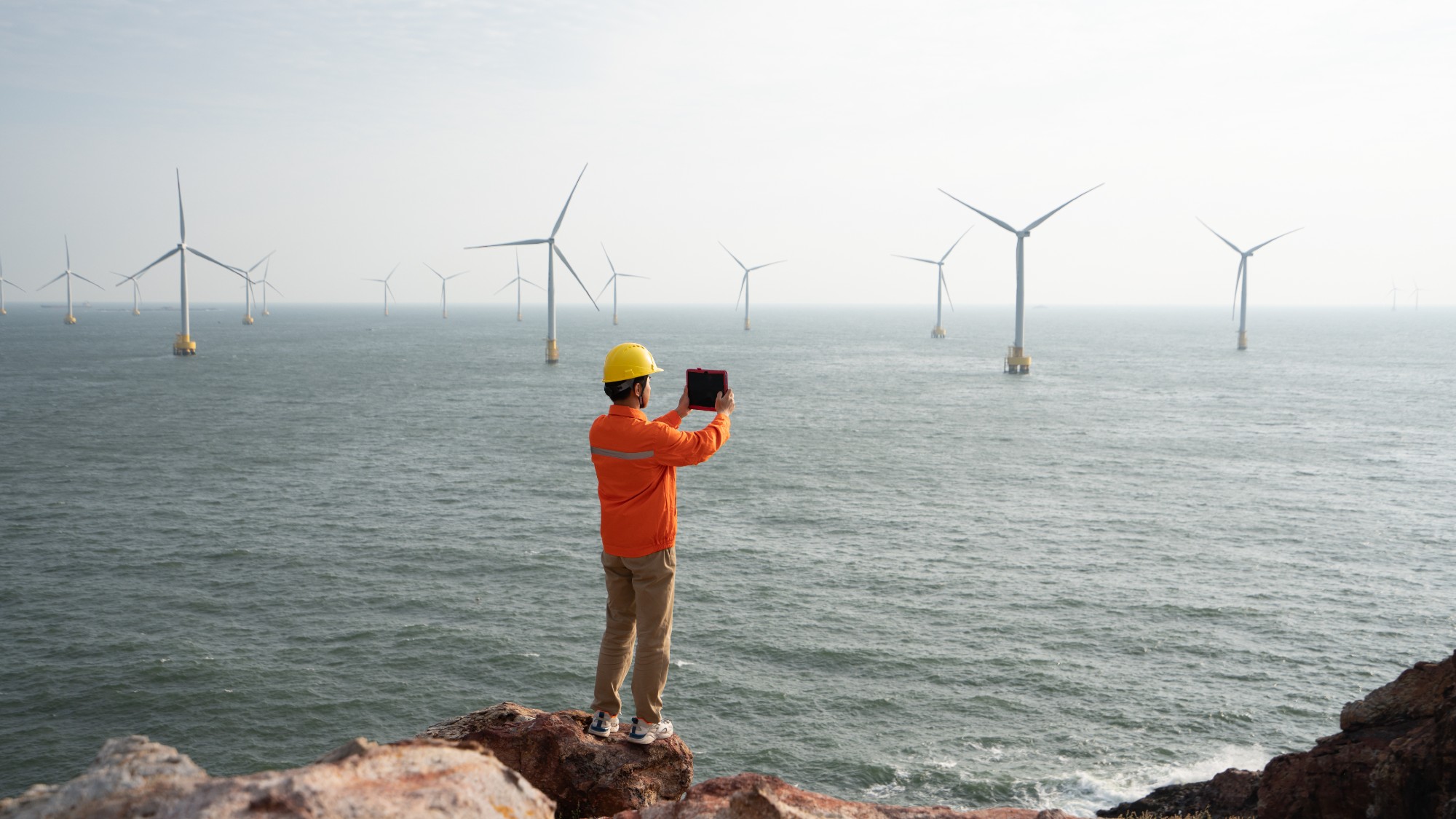Exhibition of the week: Diebenkorn in New Mexico
The Phillips Collection in Washington, D.C., is displaying Richard Diebenkorn's paintings from his time in New Mexico, a period when he transformed the abstract-expressionist motifs he learned in New York into his own Western-inflected idiom.
Exhibition of the week
Diebenkorn in New Mexico
The Phillips Collection, Washington, D.C.
The Week
Escape your echo chamber. Get the facts behind the news, plus analysis from multiple perspectives.

Sign up for The Week's Free Newsletters
From our morning news briefing to a weekly Good News Newsletter, get the best of The Week delivered directly to your inbox.
From our morning news briefing to a weekly Good News Newsletter, get the best of The Week delivered directly to your inbox.
Through Sept. 7
Abstract art was mostly an East Coast phenomenon until Richard Diebenkorn came along, said Deborah K. Dietsch in The Washington Times. The Oregon-born painter was not yet 30 when he came to New Mexico in 1950 to “focus full time on his art.” But he already had made a name in the art world, working with such giants of the New York art scene as Mark Rothko and Clyfford Still. “This vibrant show traces the artist’s restless search for his own identity” as he threw off those influences and forged his own style. Diebenkorn seems to have drawn inspiration from the wide-open spaces and jagged mesas that surrounded him, transforming the New Yorkers’ abstract-expressionist motifs into his own Western-inflected idiom. “His intense exploration is reflected in blotches of color and scrawling lines” that seem ready to burst off the canvases.
These paintings are best thought of as abstract landscapes, said Michael O’Sullivan in The Washington Post. “Not the earth-on-the-bottom-and-the-sky-on-top kind of landscapes we typically think of, but something closer to aerial views of the ground.” In the pink and yellow patches of the desert, Diebenkorn found forms that turned out to be well suited to the painting methods he’d learned from Rothko, Still, and Willem de Kooning. Yet “what you see in Diebenkorn’s New Mexico paintings is not just the new, but the old.” Diebenkorn’s best works from this era also reflect the influence of even earlier modern masters, including Cézanne and Matisse. Diebenkorn “fell in love with those masters of European modernism during frequent visits to the Phillips Collection” while stationed in D.C. during World War II. Yet only in New Mexico did he apply those lessons in evocative selection and application of color.
The “exploratory exuberance” of Diebenkorn’s youthful experiments
A free daily email with the biggest news stories of the day – and the best features from TheWeek.com
provides fascinating insight into the evolution of his art, said Mario Naves in The New York Observer. Unfortunately, this exhibition includes too many mediocre examples of it. In truth, this phase of the artist’s career was more or less a learning period, “a necessary pit stop” on the way to the more geometrically complex and luxuriantly colored images he would produce after settling in California. “Think of the New Mexico paintings as the work of an artist sowing his wild oats before settling into hard-won mastery.”
-
 US citizens are carrying passports amid ICE fears
US citizens are carrying passports amid ICE fearsThe Explainer ‘You do what you have to do to avoid problems,’ one person told The Guardian
-
 All roads to Ukraine-Russia peace run through Donetsk
All roads to Ukraine-Russia peace run through DonetskIN THE SPOTLIGHT Volodymyr Zelenskyy is floating a major concession on one of the thorniest issues in the complex negotiations between Ukraine and Russia
-
 Why is Trump killing off clean energy?
Why is Trump killing off clean energy?Today's Big Question The president halts offshore wind farm construction
-
If/Then
feature Tony-winning Idina Menzel “looks and sounds sensational” in a role tailored to her talents.
-
Rocky
feature It’s a wonder that this Rocky ever reaches the top of the steps.
-
Love and Information
feature Leave it to Caryl Churchill to create a play that “so ingeniously mirrors our age of the splintered attention span.”
-
The Bridges of Madison County
feature Jason Robert Brown’s “richly melodic” score is “one of Broadway’s best in the last decade.”
-
Outside Mullingar
feature John Patrick Shanley’s “charmer of a play” isn’t for cynics.
-
The Night Alive
feature Conor McPherson “has a singular gift for making the ordinary glow with an extra dimension.”
-
No Man’s Land
feature The futility of all conversation has been, paradoxically, the subject of “some of the best dialogue ever written.”
-
The Commons of Pensacola
feature Stage and screen actress Amanda Peet's playwriting debut is a “witty and affecting” domestic drama.